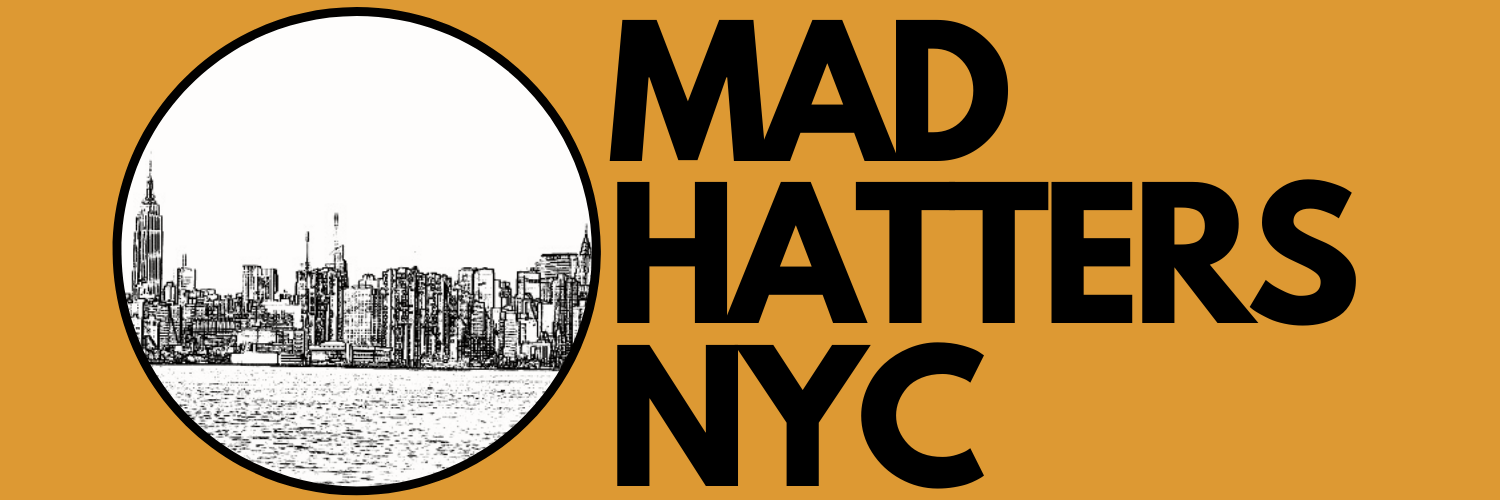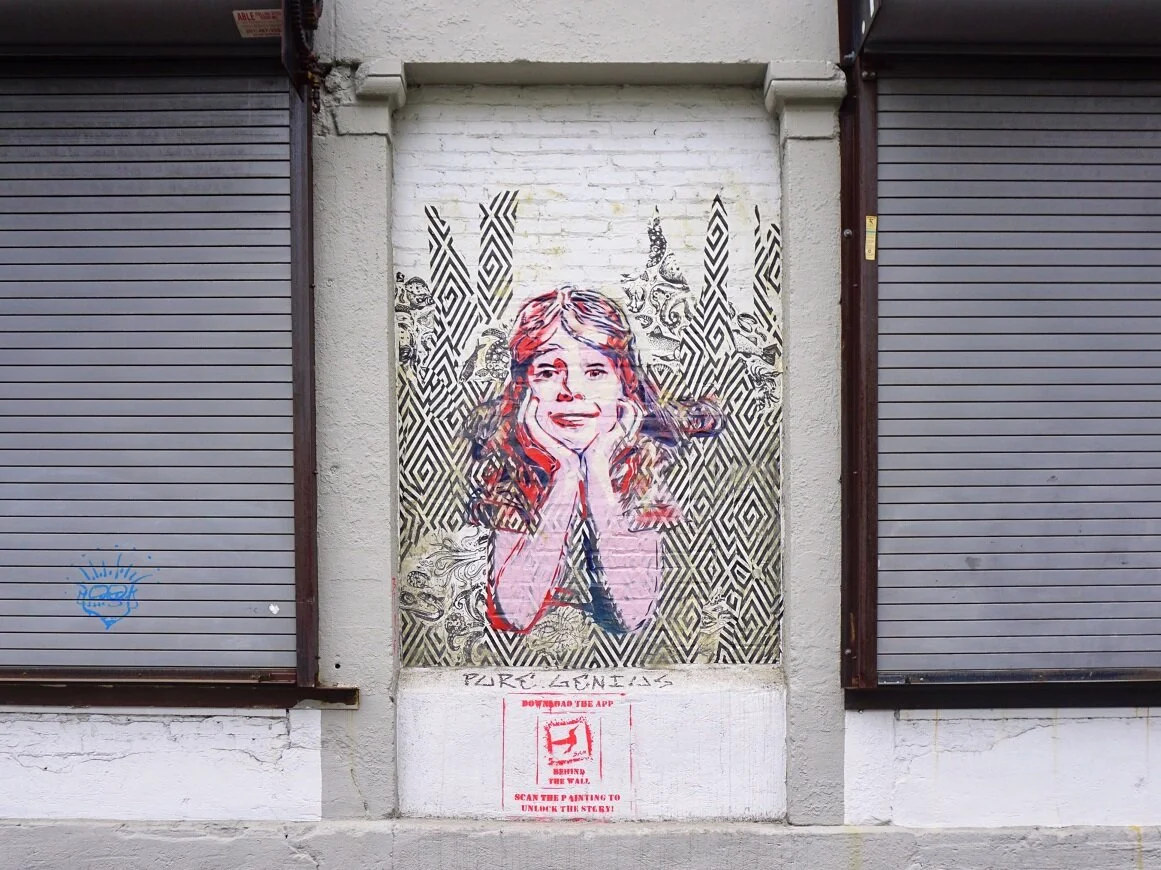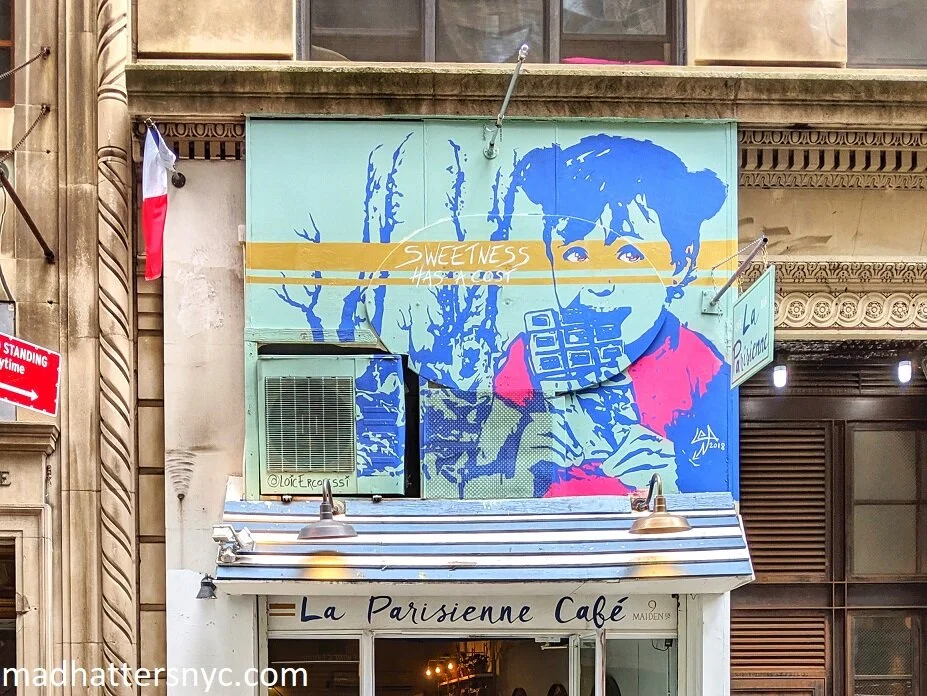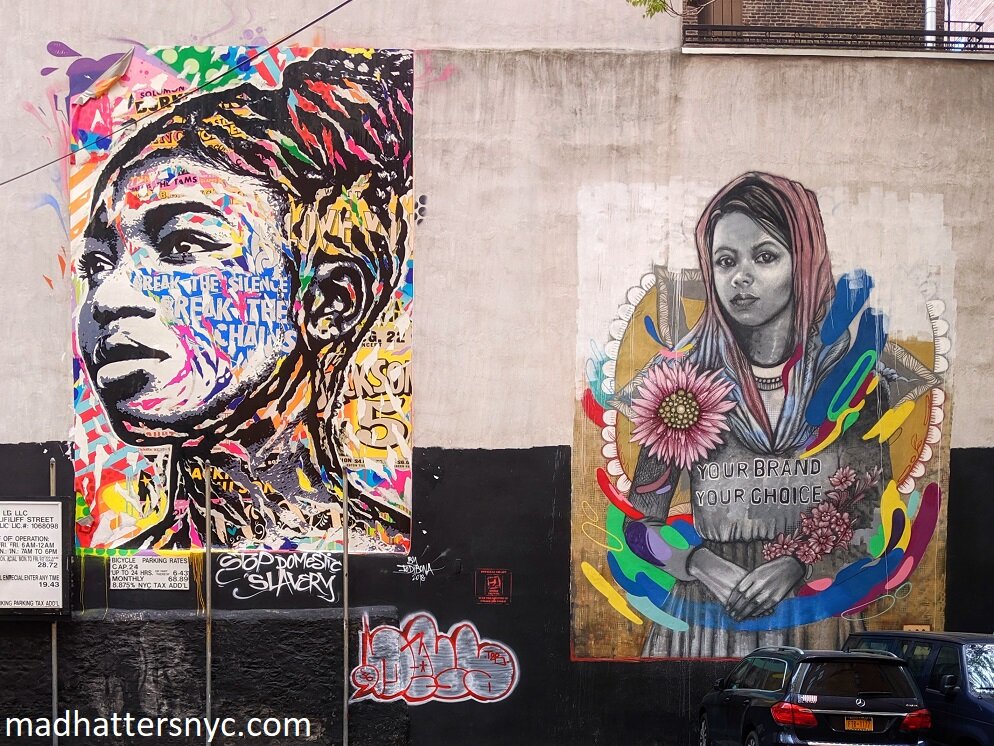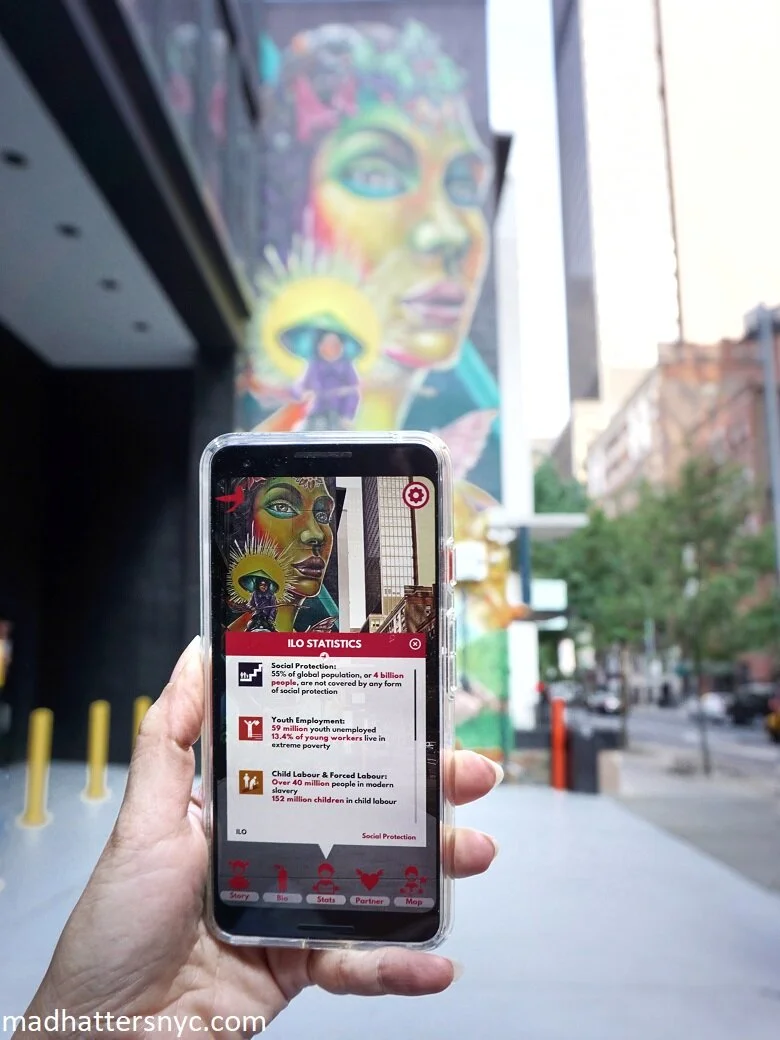Street Art for Mankind: Murals with a Message in NYC
Let’s face it, street art has long graduated from the streets. Murals and tags now adorn office buildings, schools and public spaces, all with the blessing of owners and the larger community. It's easy to forget that street art was once a product of necessity; it was the only way marginalized groups could have a voice. Even though bold murals now serve as backdrops for movies and television shows, street art can still be a great tool to call attention to important issues. The Freedom Murals and ILO100 Murals by Street Art for Mankind bring it all full circle.
Street Art for Mankind is a non-profit organization pulling together street artists, local government, international organizations and corporate sponsors to raise awareness about child labor, slavery and trafficking. With large projects under its belt in Larchmont and Mamaroneck, New York, it was time for the organization to take a bite out of the Big Apple.
Freedom Murals
In an effort to protect the most vulnerable members of our society, Street Art for Mankind partnered with the NYC Mayor's Office to End Domestic and Gender-based Violence, the NYC Administration for Children's Services, the International Labour Organization, Delta Airlines, Andaz Hotels and many other important sponsors to create the first NYC Art Walk Against Child Trafficking. Six murals located in Lower Manhattan depict the stories of six survivors. The angelic faces reveal some hard truths about the many ways children from all over the world are being exploited every day.
Child labor in cocoa farming
Sweetness has a cost" mural by Loic Ercolessi in Lower Manhattan
When we took a truffle-making class at Roni Sue’s Chocolates in the Lower East Side, proprietor Rhonda Kave didn’t just educate her students on the art of making delectable treats. She also made it a point to talk about something she’s passionate about: sustainably and ethically sourced cocoa. The use of child labor in the cocoa industry was exposed many years ago, but has yet to be eradicated. Many of the children--like Ibrahim, whose story is depicted in the colorful mural above the La Parisienne Cafe--have never been to school. According to a 2005 report, some children were sold into servitude for as little as $140 and worked 12-hour days for under $200 per year.
Artist: Loic Ercolessi is a French artist currently residing in Miami. His mixed media portraits of David Bowie, Frida Kahlo, the Dalai Lama and other famous figures have caught the attention of numerous art galleries, and his pieces have been exhibited at Art Basel since 2014. Street Art for Mankind tapped his talent for the Freedom Murals as well as their local projects in Larchmont and Mamaroneck.
Child sex trafficking and prostitution
Melanie” mural by Victor at White Horse Tavern in New York City
You might be thinking, “It’s terrible, but these things happen in war-torn or impoverished countries.” Well, the crime against survivor Melanie took place right here in New York City. Kidnapped on her way home from the movies at the age of 12, Melanie was forced into prostitution on the streets, in underground strip clubs and on illegal websites like Backpage.com. Her kidnappers kept her in an abandoned property with no running water or electricity. They physically and mentally abused her, and they threatened her life.
Melanie only escaped her kidnappers' grasp when she was arrested, but she was then placed in the juvenile justice system, where she cycled in and out of juvenile facilities and mental hospitals for years. Cindy McCain, chair of The McCain Institute’s Human Trafficking Advisory Council said, “This is not only a dominant issue, it’s an epidemic issue. It’s also something that is hiding in plain sight. It’s everywhere—it’s absolutely everywhere.”
Artist: Victor Ash is an artist originally from Paris, where he had his first exhibition in 1989. Multiple years and exhibitions later, he is now based out of Copenhagen and continues to cultivate his craft in thoughtful ways. He has always loved the graffiti scene, thriving off its energy. He said, “It’s very exciting for me as an artist to work in this way. When you’re placing a present like that in a public space, it creates an interaction with people you’d never talk to otherwise.”
Domestic Slavery
“Break the Silence Break the Chains" by Jo di Bona and "Your Brand Your Choice" by Kinmx in Lower Manhattan
Henriette traveled from her West African home of Togo to France at the tender age of 14 with the promise of a better future. She made the journey with Simone, an adult caretaker her parents trusted. Henriette was to help Simone around the home while continuing her education. But once she arrived in France, Henriette simply became an undeclared domestic worker. With no rights, Henriette was unable to take action against her abhorrent working conditions. She slept on the floor and was only fed leftovers. She was not allowed to leave the house, which denied her the education she longed for as well as proper healthcare.
Simone later sold Henriette into another person's employ, who continued the pattern of abuse. According to Anti-Slavery International, in many countries domestic workers are not considered “workers” but rather as informal “help” and therefore do not enjoy the same protections as other workers, such as legal contracts, minimum pay, holidays, health care, social security and maternity benefits.
Artist: Jo di Bona considers himself a graffiti pop artist, and he’s received wide recognition for his unique signature murals. In 2014 the prestigious EDF Foundation, which sponsors 150 social and community projects a year, awarded him the top prize in the Graffiti category. His colorful murals can be found in his home city of Paris, as well as in Lisbon, Atlanta, and in many other cities around the world.
The NYC Art Walk Against Child Trafficking can be completed as a self-guided tour, which takes approximately 45 minutes to complete. There’s more to each story than we’ve laid out here, so as not to take away from the interactive experience. To participate, simply download Street Art for Mankind’s “Behind the Wall” app. Begin with Melanie's mural, which is located next to the historic White Horse Tavern downtown, then make your way around Lower Manhattan. Download the app on your phone, scan the mural, and learn more about the story behind each one.
ILO100 Murals
The International Labour Organization (ILO) was established as part of the Treaty of Versailles, which played an essential role in bringing World War I to an end. It became the first United Nations specialized agency in 1946. Until today, ILO still holds the same belief that “lasting peace can be accomplished only if it is based on social justice.” ILO has worked through the years with governments, employers and workers to set labor standards and increase opportunities through employment. To celebrate its centennial, ILO partnered with Street Art for Mankind to create five ILO100 murals around the United Nations Headquarters in Midtown Manhattan.
Child labor
Child labor is an issue the International Labour Organization is committed to fighting, so it's not surprising it's also represented in the ILO100 murals. Artist Jorge Rodriguez-Gerada's masterpiece on the Westin Grand Central Hotel is now the largest commissioned mural in the city, standing 13 stories high. It also has the unique distinction of being the largest mural completed entirely by one individual. Jorge Rodriguez-Gerada is no stranger to large-scale works. In 2014, the Cuban-American artist created a 6-acre portrait made of sand and soil at the National Mall in Washington DC, visible in its entirety only from above.
Gender inequality
"Aequalitas" by Faith XLVII in Midtown Manhattan
Faith XLVII’s Aequalitas mural is a reminder that gender inequality in the workplace is alive and well. Women are still less likely to be hired, more likely to hold lower quality positions, paid less than their male counterparts, and subject to harassment from co-workers. Faith XLVII first participated in group exhibitions in 2005, but her work quickly led her into mural projects all around the world, including one in her home of South Africa. She’s currently based in Los Angeles, but she’s collaborated on some of our favorite mural projects, such as Pow! Wow! (Hawaii, 2013 and Taiwan, 2015) and Mural Arts Philadelphia.
Behind the Walls app
The five murals created for the ILO100 Art Walk address other challenges to the future of work, such as globalization and climate change. They can also be viewed on a self-guided tour which should take no longer than 30 minutes. The tour is just a short jaunt from well-known Midtown Manhattan landmarks like Grand Central Terminal, but it takes you to locations you might not otherwise have thought to visit, like the Ugandan and Indian Embassies. Street Art for Mankind calls it an art-diplomacy tour, and it’s difficult to argue with that.
Conclusion
Art starts conversations, sometimes difficult ones. And these conversation hopefully leave an indelible mark on all parties involved. Street Art for Mankind is an organization with the goal of starting these conversations. Go and see what they have to say, and come away with conversation of your own.
Like it? Pin it!
